- Make It Yourself Lavender Heart-Shaped Bath Bombs!
- 20 Things You Never Knew About “Down There”
- 12 Best Foods For Those Suffering From Arthritis Pain
- 12 Personal Hygiene Mistakes Almost Everyone Makes (Mom Never Told You About #4!)
- 15 Medicinal Plants And Herbs From The Cherokee People
- 12 Mind-Blowing Benefits Of Drinking Coconut Water During Pregnancy
- 12 Outstanding Winter Foods That Won’t Fatten You Up Like A Christmas Turkey
15 Of The Best Fish You Can Eat For Your Health (#5 Is The Safest!)
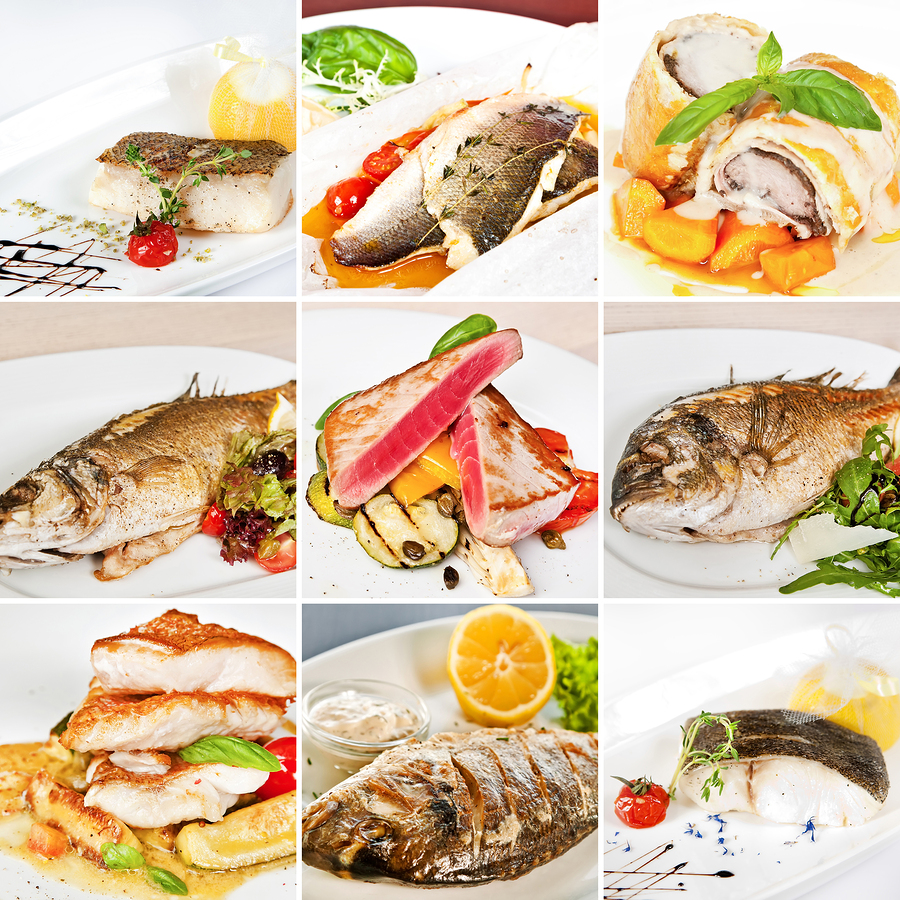
Photo credit: bigstock.com
Everyone knows that eating fish is good for your heart and mind. You can thank those healthy omega-3 fatty acids for that! Lately, however, people have become concerned (and rightly so) about the levels of contaminants in fish, especially mercury, cadmium, and radiation from the Fukushima disaster. The question here is this: Do the contaminants in fish outweigh the benefits of eating them?
The American Journal of Clinical Nutrition recently published a study from researchers wondering this exact same thing. The results found that those who consumed fish not only had a lower risk of heart disease and heart attack, but that the balance between the mercury and the omega-3s made all the difference in the world.
So what does this mean to you? Well, of course you can always take fish oil supplements but these have been found to have far less fish oil in them than advertised, and some samples tested were actually rancid! Also, the enteric coatings on some brands of fish oil supplements have not worked the way in which they were intended.
So Which Is Better?
Wild caught fish is still your best choice. You should aim to eat some type of fish at least twice a week. Go easy on the tuna, however. Yes, we know, tuna is easy and inexpensive, but did you know that, when push comes to shove, tuna contains more mercury than just about any other fish? Keep your tuna salads down to no more than four or six servings a month.
Your Worst Choices
Unfortunately, in the world of fish, not all are contaminated equally. There are a few mercury bombs that you should avoid at all costs:
- Marlin
- Ahi Tuna
- Shark
- Swordfish
- Orange Roughy
- King Mackerel
- Filefish
- Bigeye Tuna
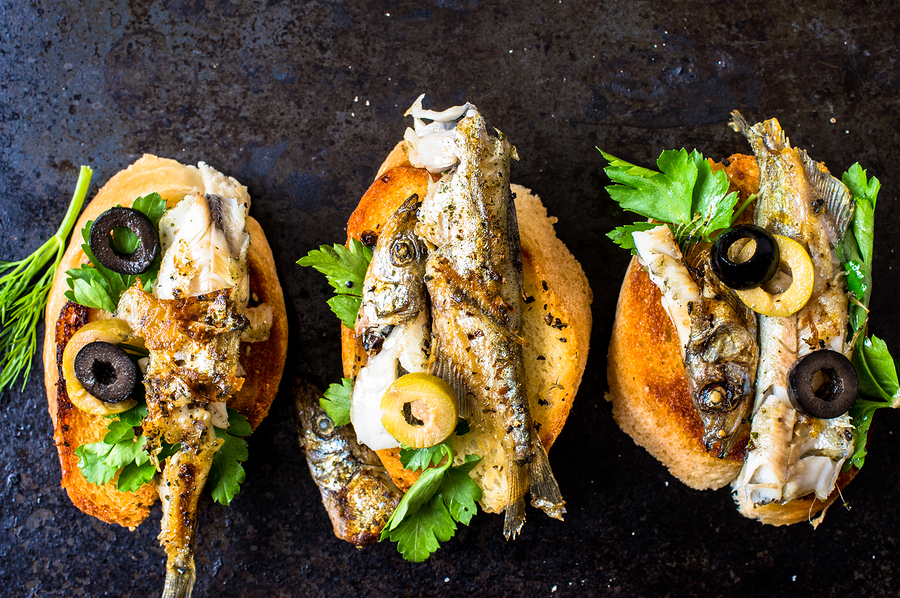
Photo credit: bigstock.com
Which Are Your Best Fish Choices?
One of the best things you can do is to shake up your fish menu. Your main sources of fish are probably salmon and tuna, but there are lots of other fish in the sea, as they say. You wouldn’t consider eating only apples in a world filled with delicious fruit, so why eat only salmon and tuna? Of course, these are really good choices, but let’s look at the wide world of fish. You will find that there are 15 kinds of fish that are delicious and good for your health!
Get your grocery list ready! You are going to want to stock up your freezer!
1. Pacific Sardines (Wild)
Sardines are tiny in size, but they make up for it with their powerful nutritional value! A tiny three-ounce serving of sardines has more omega-3s than the same size serving of tuna, salmon, or just about any other food on the planet! If you are looking for the ways how to increase white blood cells and improve your immune system, get more of the products that are high in omega-3 fatty acids.
Sardines are also one of the few foods that naturally contain vitamin D, a vitamin in which most Americans are deficient. Pacific sardines have rebounded from overfishing and are now quite abundant. Many small fish in the herring family are simply called sardines. Add some to your pizza, crackers, or just eat them right out of the can!
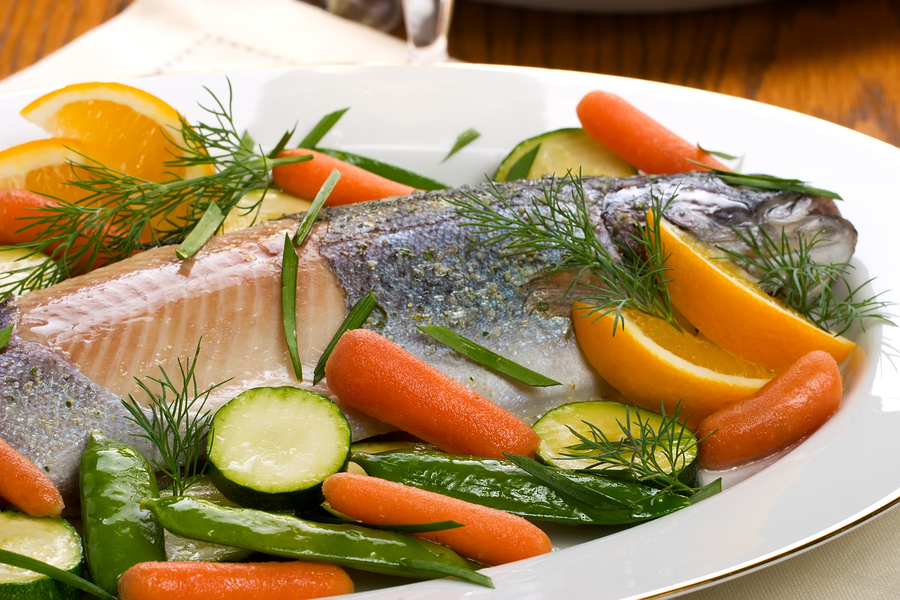
Photo credit: bigstock.com
2. American Rainbow Trout (Farmed)
Although in most cases you want to avoid farmed fish, trout is an exception to the rule. This is the perfect fish for those who don’t really like fish. The taste is mild, not nearly as fishy-smelling, and goes with just about any side dish you like. The fatty acid profile of farmed rainbow trout very closely resembles wild trout. Farmed trout and wild trout have almost the same nutritional makeup and are very, very low in contaminants. Unfortunately, wild trout from most rivers and lakes are terribly contaminated, which is why farmed fish are preferable in this case. Canadian trout are also acceptable.
3. Freshwater Coho Salmon (Farmed)
Yep, you read this right — there is a decent farmed salmon. Coho salmon are raised in freshwater tanks and are decent in their omega-3 content. They aren’t as beautiful as their ruby red Alaskan cousins, but they are a really good choice. Coho salmon spend their lives in freshwater tanks, unlike some of their wild counterparts who live in waters contaminated with dioxins and PCBs. Farmed Coho salmon are reasonably priced, a good source of omega-3s, and are low in contaminants. What more could you ask for?! You will still want to avoid other types of farmed salmon, of course, but this is the one exception you can feel good about.
4. Pacific Halibut (Wild)
Halibut is another fish that even fish haters will love. It has a firm, white flesh with a very mild flavor. Halibut is low in fat, a good source of vitamin D, potassium, and is loaded with those healthy omega-3s. Halibut is very versatile and can be cooked in so many ways, the possibilities are endless. Avoid Atlantic halibut due to overfishing.
Continue to Page 2
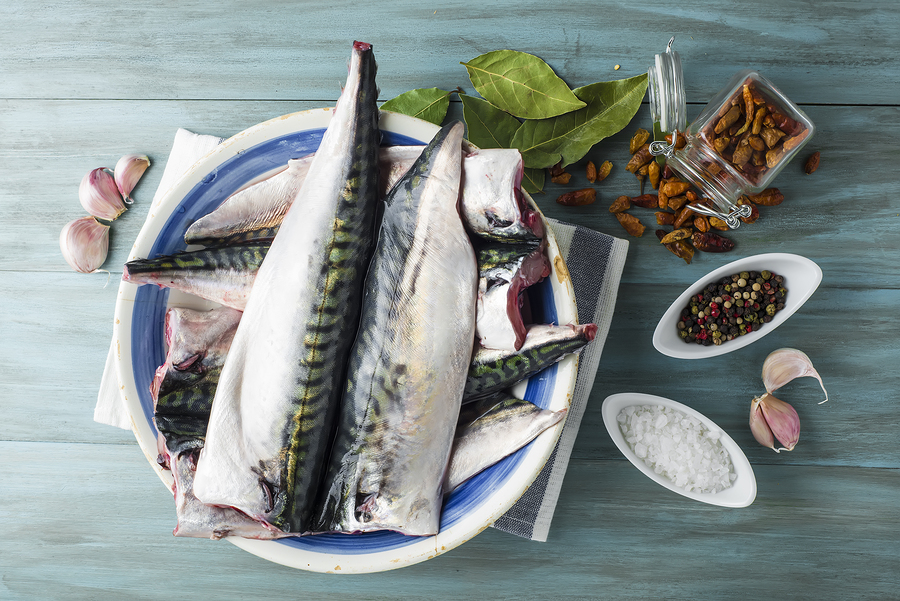
Photo credit: bigstock.com
5. Atlantic Mackerel
Although some think that this kind of fish has too strong a flavor, true fish lovers will savor it! When you see the omega-3 content of this fish (982 mgs per 75 gram serving) you will understand why people say “Holy mackerel!” Perhaps one of the best things about Atlantic mackerel is that the contamination level of this fish is so low, you can eat as much as you like without worry. Be careful about smoked or pickled mackerel as it can be very high in sodium.
6. Sablefish
Sometimes called Black Cod, sablefish comes from the Pacific Northwest and is very abundant. Sablefish has a mild, almost buttery flavor that makes some chefs refer to it as “butterfish.” This fish is a terrific source of omega-3s, as well as a good source of selenium. Selenium is trace mineral that protects the body’s cells from damage.
7. Arctic Char
This fish isn’t nearly as well-known as its cousins, trout and salmon, but it is more popular among those who are looking for environmentally friendly, sustainable fish. This fish is native to the waters around Norway, Iceland, and Canada. Most of the Arctic char sold in America has been raised in clean, well-maintained tanks, rather than contaminated ocean waters. Arctic char tastes a great deal like trout, so even those who aren’t fans of fish should like this choice.
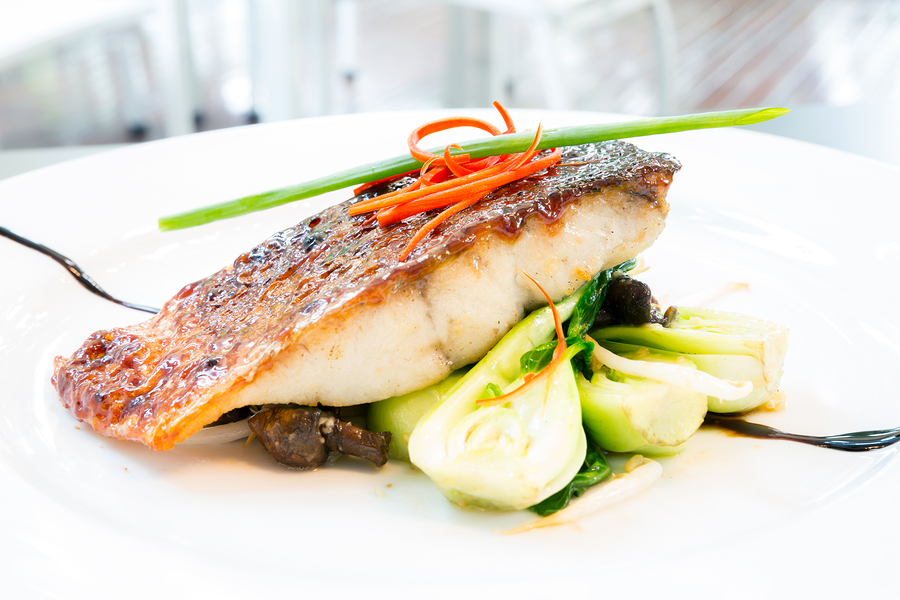
Photo credit: bigstock.com
8. American Barramundi (Farmed)
Most Americans have never heard of this fish, but that is because it is native to Australia. Traditionally, it lives in freshwater rivers, but this is one of the most sustainably farmed fish anywhere. There is one catch — they need to be from U.S. farms. American farms feed barramundi a mostly vegetarian diet. Other countries, such as China, feed their fish a diet of waste and, basically, garbage. Try some barramundi this week — you will NOT be disappointed!
9. Tilapia (Farmed)
You might have heard bad things about this fish, but if you are careful about where you purchase it, tilapia is still a good choice. It might not be as high in omega-3s as salmon, but this inexpensive fish still has nutritional value. Chances are good you have already eaten tilapia, since it is often passed off as other types of fish such as red snapper, grouper, salmon, and even tuna! This fish grows quickly and has little or no contamination because it eats a mainly vegetarian diet. Be certain that you buy farmed tilapia from the U.S., Canada, or Ecuador, where fish are fed a natural diet and kept in closed, recirculating tank systems, which keep out pollutants.
10. Pacific Salmon (Wild)
Salmon is still America’s favorite fish, and with all that salmon has to offer, is it any wonder why? A single four-ounce serving has vitamin B12, vitamin D, tons of omega-3 fatty acids and selenium. We haven’t even talked about how super delish this little fishy is! All salmon have super high nutritional value, but wild caught Pacific salmon is perhaps the best of the bunch. Pacific salmon can still have mercury, however, so limit yourself to no more than 12 ounces per week.
Continue to Page 3
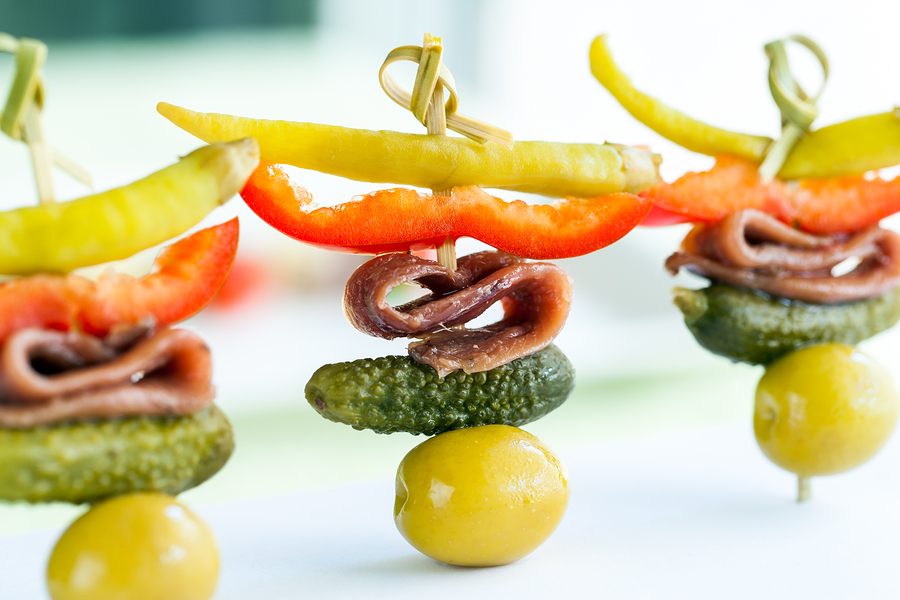
Photo credit: bigstock.com
11. Anchovies
The old adage that “good things come in small packages” is certainly true when it comes to anchovies. These tiny little silver fish are loaded with vitamins such as C, E, A, B12, B6, and K. In addition, they are overflowing with calcium, omega-3 fatty acids, potassium, iron, magnesium, and phosphorus. You might want to think of anchovies as a shiny, silver multivitamin! These are some of the most sustainable fish around. You can find anchovies dried, salted, canned in a wide variety of sauces, or, if you are really lucky, fresh. No matter how you like to eat them, feel free to eat as many as you like because these little guys appear to be contamination free!
12. Atlantic Haddock (Wild)
There are several kinds of haddock, but North Atlantic haddock that is wild caught has the lowest levels of contamination. These fish like shallow waters and, therefore, are easy to catch. You will find other types of haddock sold in American markets from Canada, Norway, and Iceland, but American wild caught haddock is your best choice.
13. Whiting (Wild)
This type of fish actually can refer to several different species including King George whiting, Pacific, Japanese, and English whiting, or red spot whiting. Pacific whiting would be the safest choice as it has the lowest level of contamination and is plentiful, but if you can’t find out which type of whiting it is, you should still feel comfortable eating it. Most “imitation” crab meat is actually whiting fish with a bit of flavoring added. The National Resources Defense Council states that whiting can be eaten in unlimited quantities because it has little or no contamination.

Photo credit: bigstock.com
14. American Shad (Wild)
American shad, sometimes called white shad, is a type of herring that lives in saltwater most of its life, but returns to fresh water to spawn. Shad feed mostly on plankton and crustaceans, which mean that these fish have very little contamination. Shad are rich in flavor because they are loaded with omega-3s. The only drawback to shad fish is that they are one of the boniest fish in the world. An old Native American story says that a porcupine once fell in the water, turned itself inside out, and became a fish. However, if you don’t mind taking your time picking out the bones, shad is a tasty fish that can be enjoyed every day.
READ ALSO: Top 15 Contaminated Fish You Shouldn’t be Eating
15. Mullet (Wild)
No, these fish were not named after Billy Ray Cyrus! Mullet have a moist, oily meat with a strong flavor. If you are not a fish fan, this is probably not the fish for you! Many people enjoy mullet smoked or pan fried. These fish have fairly short lifespans and breed almost all year, so they are well-stocked in most parts of the world. Mullet fish are, for the most part, inexpensive and easy to prepare. Diamondscale mullet are perhaps the most expensive of all mullet fish because they have a milder taste to them. Since mullet fish do not live very long, they do not pick up and accumulate very many toxins during their lifetime. Feel free to eat as many mullet fish as you like during the week!
References:
































